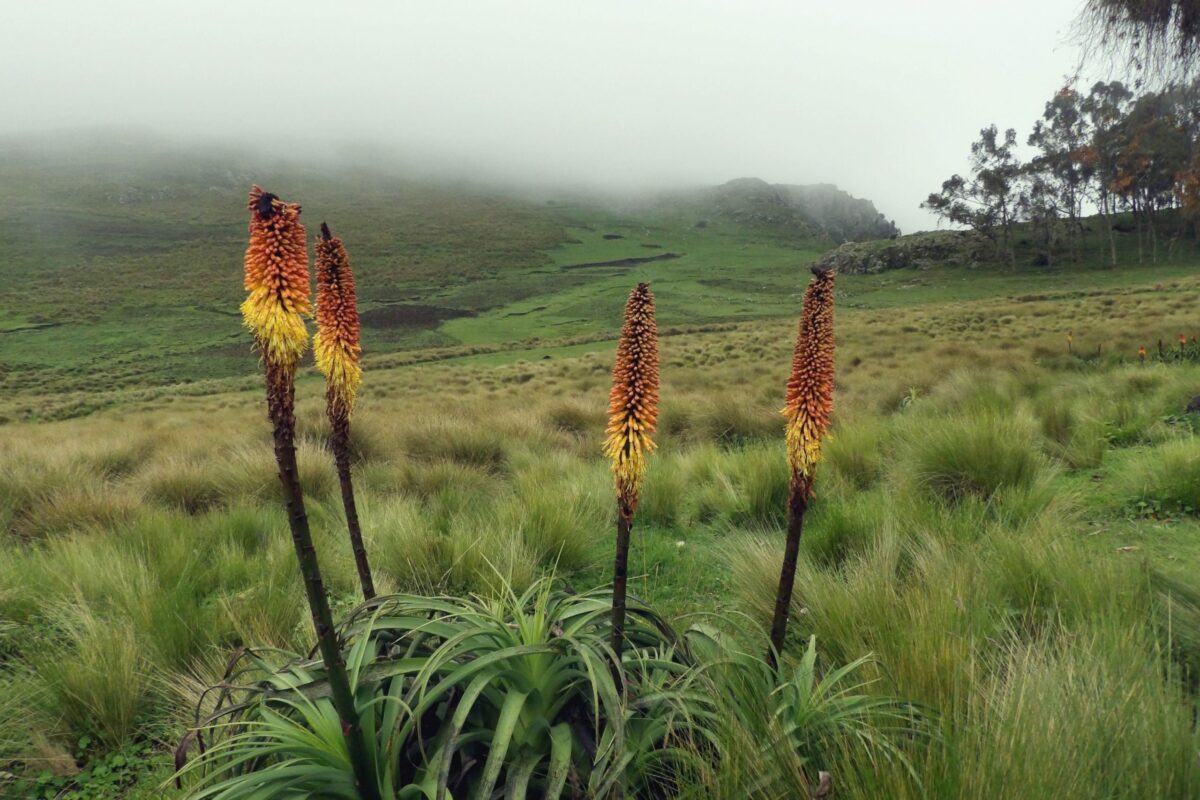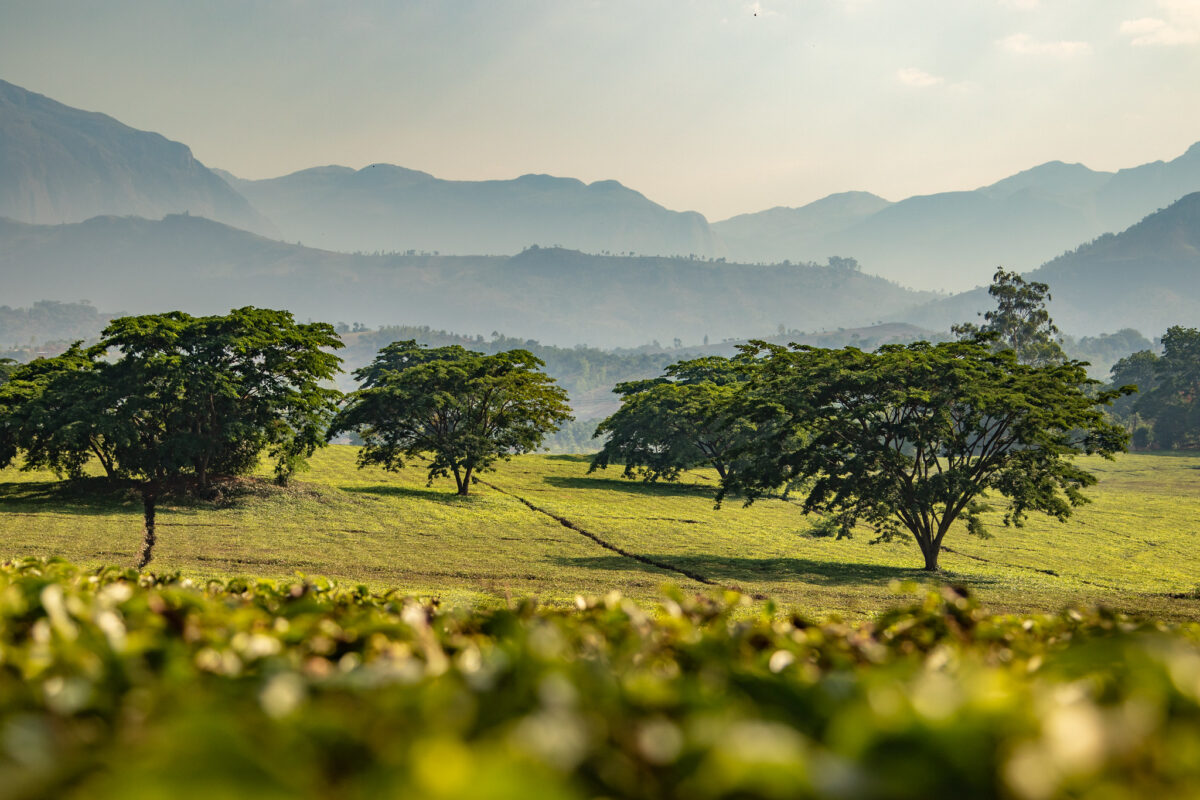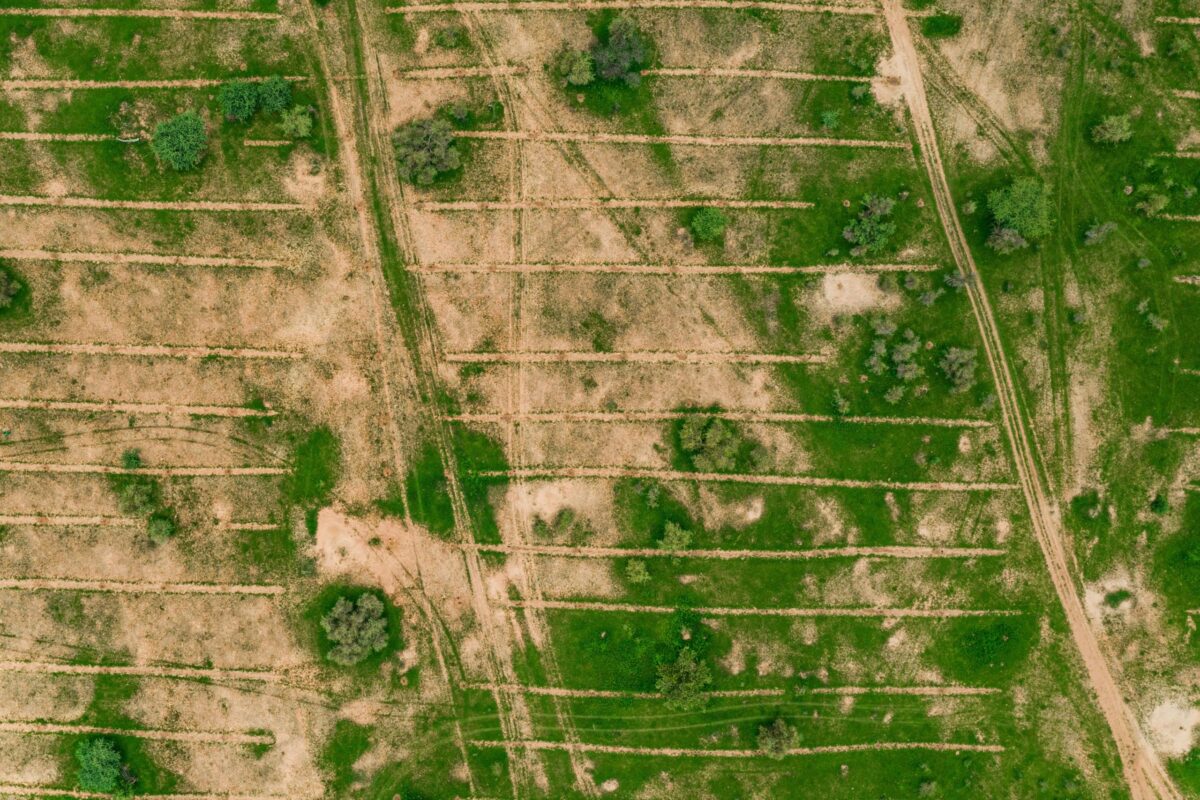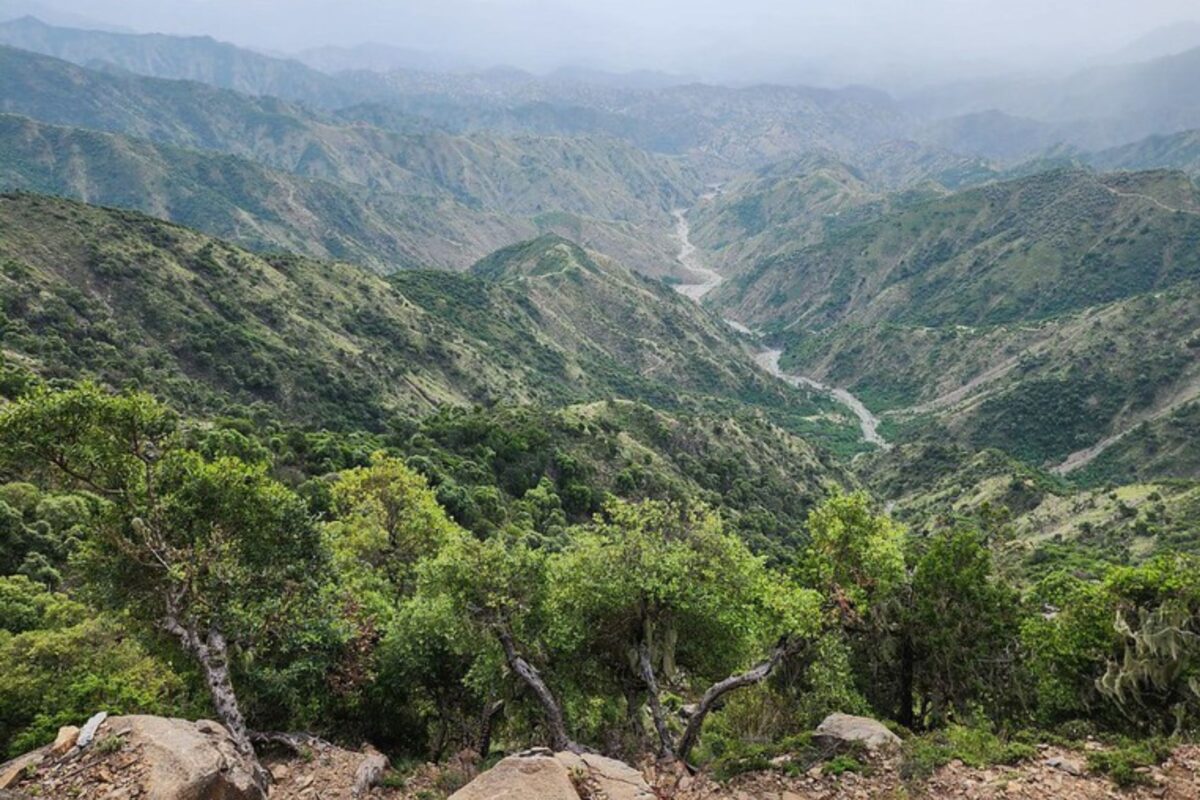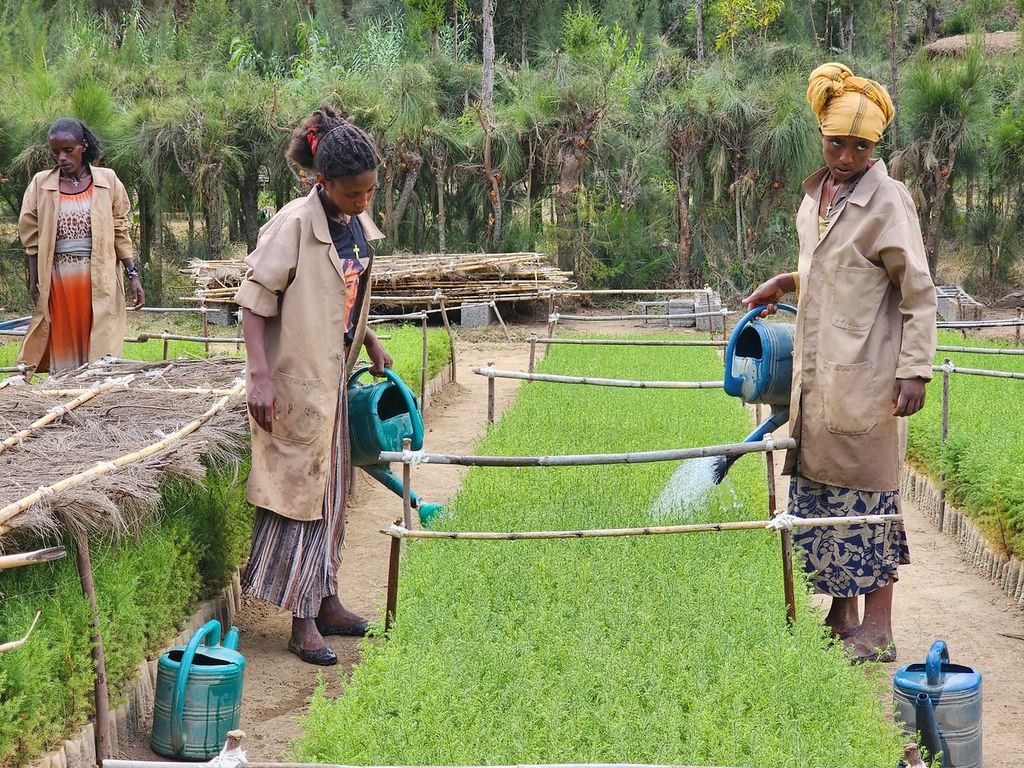Life as we know it can’t survive without forests. As the lungs of our planet, their leaves are responsible for absorbing over 7 billion tonnes of CO2 from the atmosphere every year, which they store in their branches and root systems.
It makes them one of the most powerful solutions to mitigate the effects of climate change. But with humankind destroying over 10 million hectares of forest every year for logging, mining and agricultural expansion, nature’s natural carbon sinks are being depleted.
This is one of the reasons why the United Nations has designated 2021 to 2030 as the Decade on Ecosystem Restoration – a global movement which aims to build a sustainable future by restoring degraded and destroyed ecosystems.
Reforestation plays a crucial role in ecosystem restoration. But what exactly does reforestation mean, how does it work and how can it help in a growing battle against climate change? We answer all your questions here.
What is reforestation?
Reforestation is the process of replacing or replanting trees to regenerate woodlands and forests that have been destroyed through natural and unnatural causes.
When we think of reforestation, we often picture rows of saplings being planted in a barren field. While planting trees is certainly an important part of reforestation, it’s only one piece of the puzzle. Protecting surviving trees, supporting natural regeneration processes, reintroducing native plants and animals, restoring soil health and water infiltration rates: a complex set of activities focused on recreating the complex web of interactions that make up a healthy forest ecosystem.
Why is reforestation important?
- One of our most powerful weapons in the fight against climate change, trees combat climate change by absorbing carbon dioxide from the atmosphere through photosynthesis, which helps to reduce the concentration of greenhouse gases in the air. By protecting, growing and planting trees, we can increase the amount of carbon dioxide that is being absorbed, and mitigate the effects of climate change.
- Trees also play a crucial role in stabilising soil and preventing erosion by holding soil in place with their roots. When forests are cut down, the soil is left exposed and vulnerable to erosion, which can lead to landslides and other natural disasters. Reforestation can help to prevent these problems by restoring the natural balance of the ecosystem.
- Reforestation provides a sanctuary for biodiversity. Forests are home to countless species of plants and animals, many of which are unique and rare. When forests are destroyed, these species are at risk of extinction. By reforesting damaged areas, we can create new habitats for these species and help to protect their populations.
- Trees are a purifier, improving air and water quality by absorbing pollutants from the air and filtering water as it passes through their roots. By planting more trees, we can help to purify the air and water, making it safer and healthier for both humans and wildlife.
- Forests provide a wealth of resources, from timber to medicinal plants. By reforesting damaged areas, we can help to create new opportunities for communities that depend on these resources, providing a boost to family incomes and local economies.
Meet some of the people who are benefiting from our projects here.
How does reforestation work?
Each reforestation project is unique and needs its own tailored plan. Alleviating the pressures on the forests in the first place means putting local people and communities at the heart of reforestation projects, for long term decision making and alternative income generation that is forest-friendly. Often overlooked in tree-planting projects, this is central to long-term success.
Technical restoration methods also differ. In some locations trees may need to be planted, in others they can regenerate if given a helping hand. Often, it’s a combination of the two. For planting, choosing the right species of native tree to plant is crucial; some trees may be better at preventing soil erosion, while others may be more effective at absorbing pollutants from the air or water, or better habitat for local wildlife. Choosing the right mix of trees is crucial for setting the long term recovery and regenerating ecological processes.
While nurturing young seedlings is crucial to get off to a good start, a commitment to long-term management is crucial to success; pruning, thinning and mulching promote healthy growth and maximize carbon sequestration.
You can read more here: 12 Golden Rules
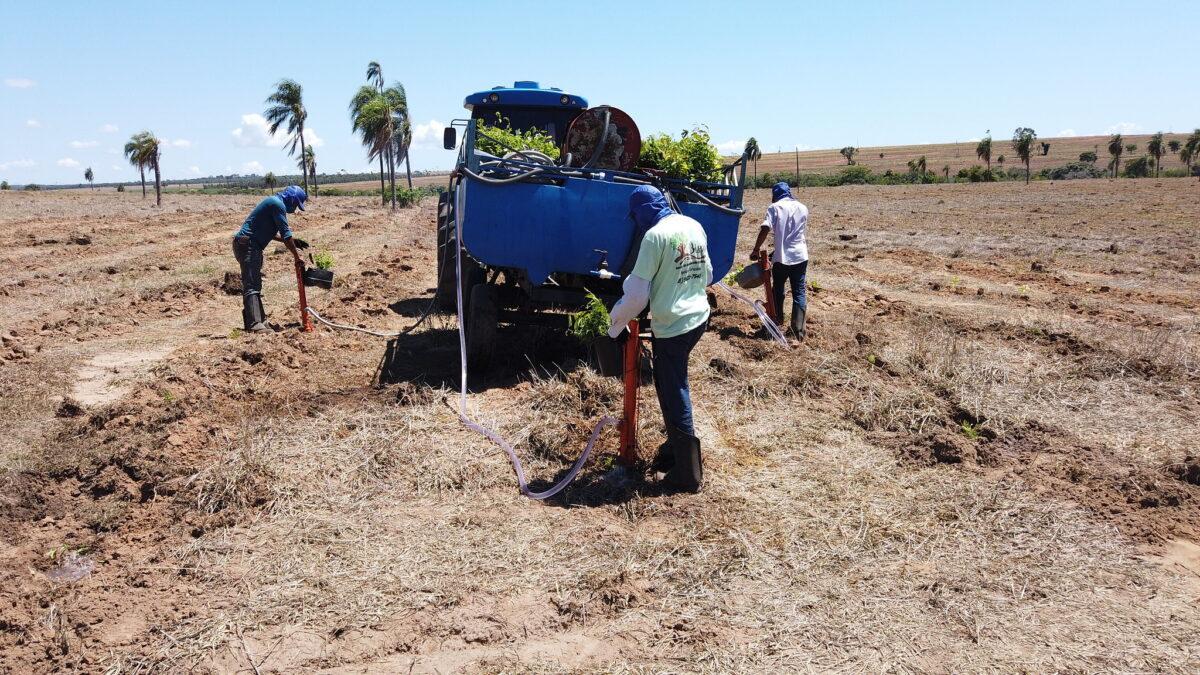
WeForest’s approach to reforestation
Since 2009, WeForest has worked in threatened and degraded tropical forests and landscapes to create locally-led forest conservation, forest restoration and agroforestry projects. To date, WeForest has 52 000 hectares of forest under restoration and conservation – growing 80 million trees and improving the livelihoods of 69 000 families – on our way to 100 million trees by 2025.
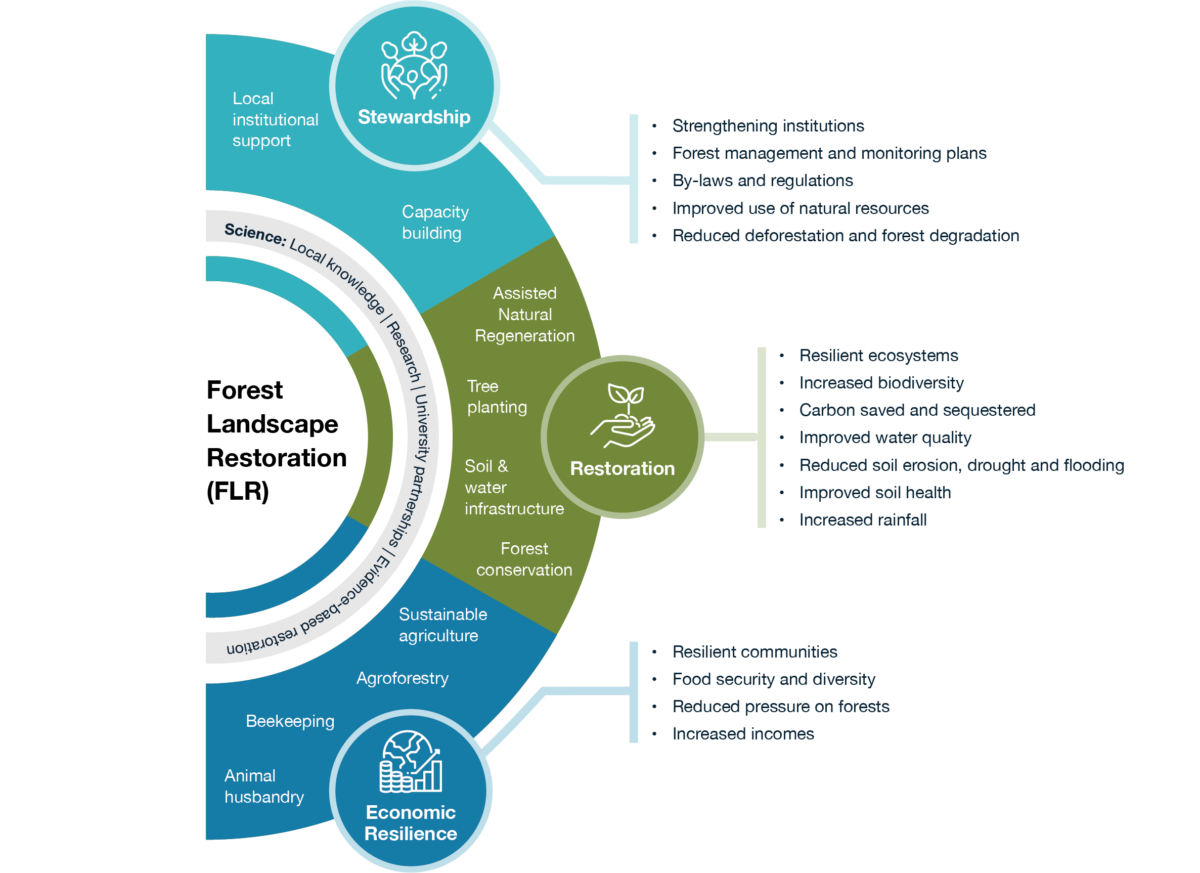
Our approach is focused on three pillars 1) stewardship, 2) restoration, and 3) economic resilience. By collaborating with local communities, we co-cultivate community-based forest governance, co-create customized forest restoration strategies, and co-develop resilient forest-friendly income models. All of these efforts are supported and enriched by robust M&E, adaptive management, as well as local and global research partnerships.
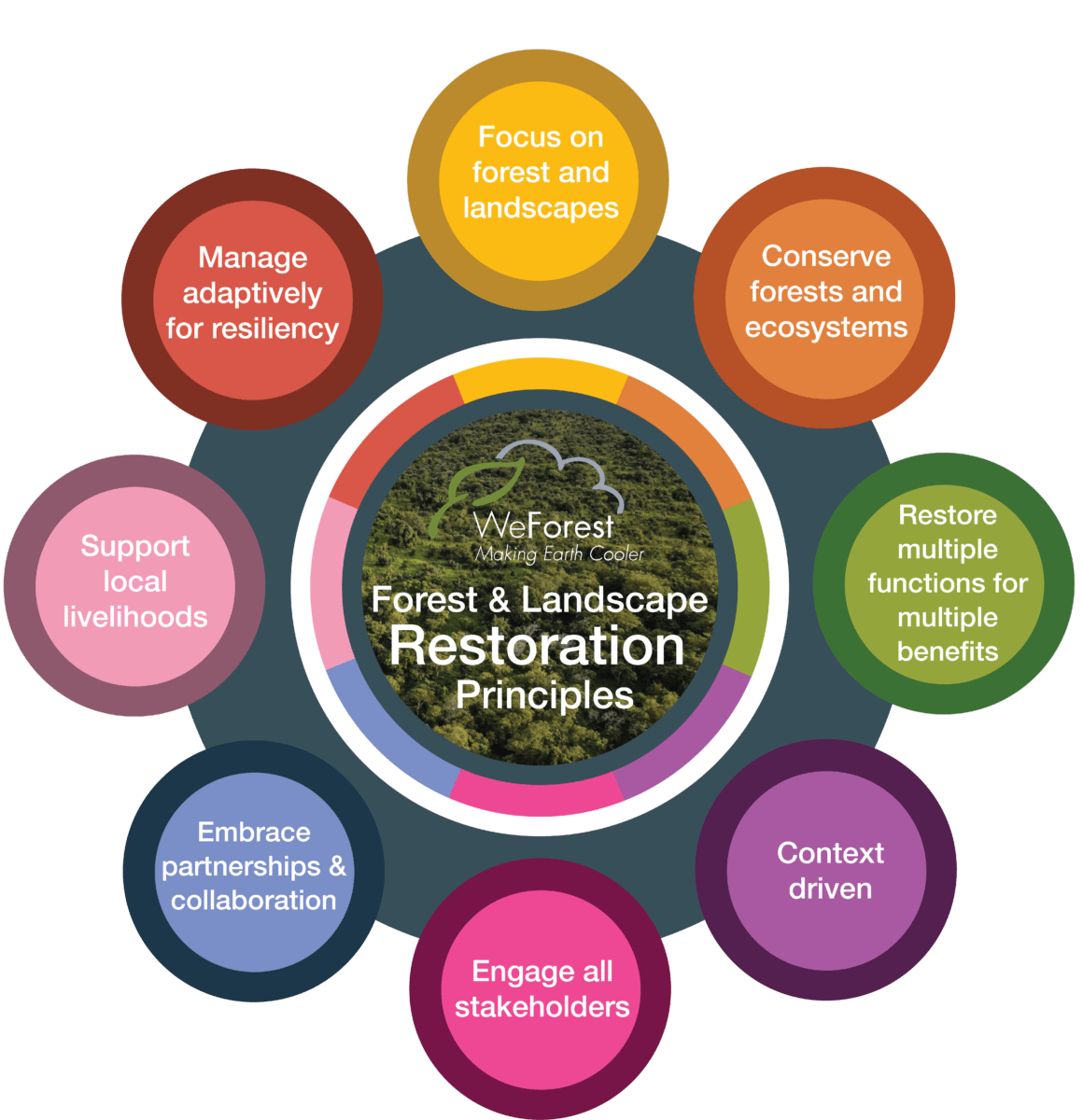
You can find out more on our Forest and Landscape Restoration Principles here.
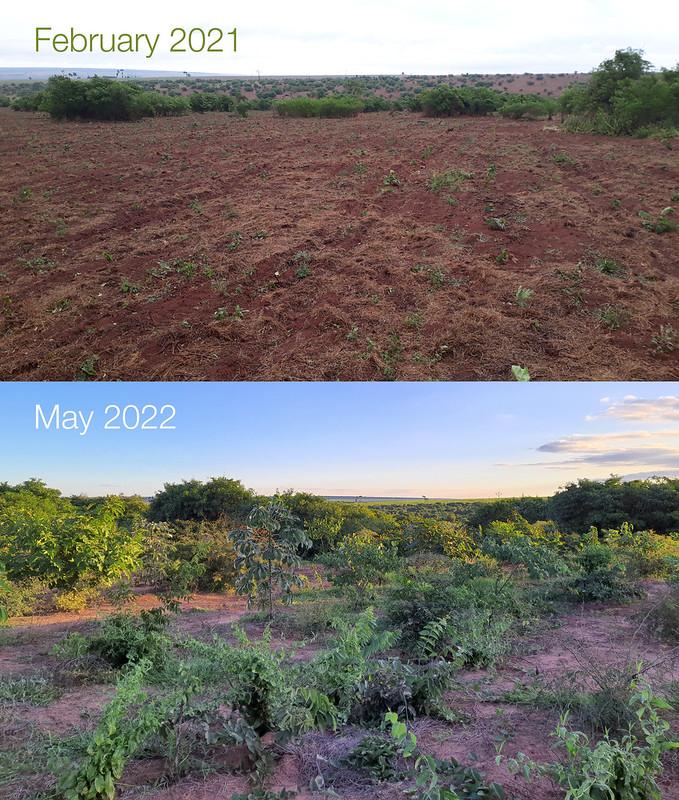
This area in Pontal was planted in February 2021, and is shown in May 2022 in the second picture. It was showing natural regeneration before our restoration began, suggesting that seed dispersal animals will be roaming around, bringing more seeds to germinate and grow with the planted trees. However, that’s not enough for the forest to develop on its own, at least not in a couple of years. That’s why we still plant seedlings in most of the area, making sure the forest structure will develop in a more homogeneous way.
Can reforestation stop climate change?
Estimates suggest that nature-based solutions, including protecting and restoring forests, can provide 37% of the mitigation needed by 2030 to achieve the targets of the Paris Agreement. There is no meaningful climate action without trees and forests!
Yet trees alone are not enough to reverse climate change – we cannot plant our way out of this problem. There is no silver bullet, so we need everything, all at once, and right now. Project Drawdown has the most comprehensive and actionable list of climate solutions available to date and we recommend taking a look.
If you’d like to learn more about our reforestation projects or want to join the fight against climate change, get in touch with us today.


